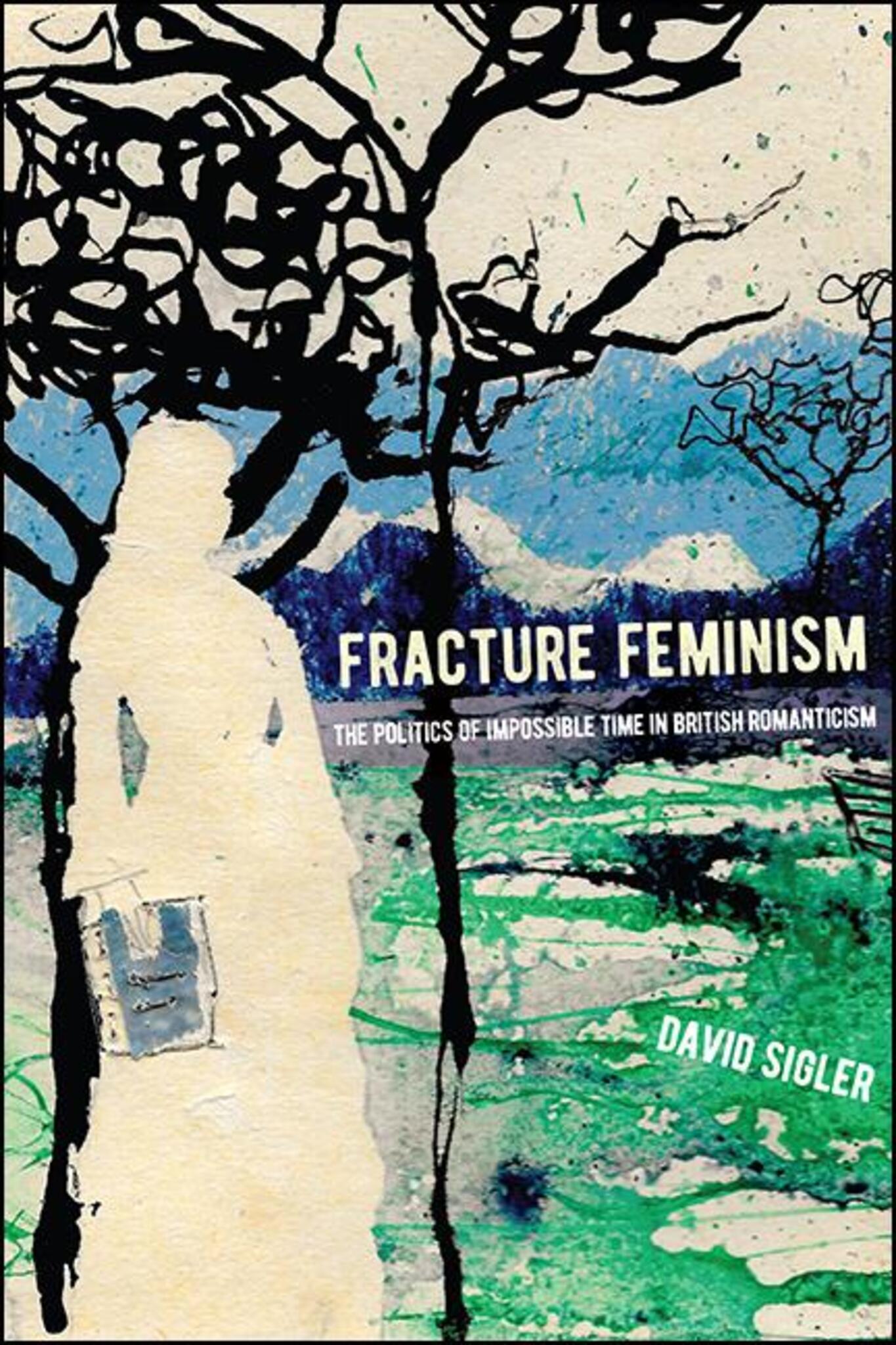We're sorry. An error has occurred
Please cancel or retry.
Fracture Feminism

Some error occured while loading the Quick View. Please close the Quick View and try reloading the page.
Couldn't load pickup availability
- Format:
-
01 August 2021

Shows how feminist writing in British Romanticism developed alternatives to linear time.
Feminist writers in British Romanticism often developed alternatives to linear time. Viewing time as a system of social control, writers like Mary Wollstonecraft, Anna Barbauld, and Mary Shelley wrote about current events as if they possessed knowledge from the future. Fracture Feminism explores this tradition with a perspective informed by Lacanian psychoanalysis and Derridean deconstruction, showing how time can be imagined to contain a hidden fracture-and how that fracture, when claimed as a point of view, could be the basis for an emancipatory politics. Arguing that the period's most radical experiments in undoing time stemmed from the era's discourses of gender and women's rights, Fracture Feminism asks: to what extent could women "belong" to their historical moment, given their political and social marginalization? How would voices from the future interrupt the ordinary procedures of political debate? What if utopia were understood as a time rather than a place, and its time were already inside the present?


"One of the greatest strengths of Fracture Feminism, beyond its innovative thesis, lies in the brilliant juxtaposition of texts Sigler selects to demonstrate how fracture feminists not only engage in 'contretempopia' but also establish intellectual connections with one another … Fracture Feminism offers a valuable way of looking at Romantic women writers who resisted the hegemony of their times by playing with time." — Tulsa Studies in Women’s Literature
Acknowledgments
Introduction
1. The Uses of History in Wollstonecraft's Afterlives
2. Adoptive Siblings across Oceans of Futurity: Paul and Virginia and The Victim of Prejudice
3. Della Cruscan Time
4. Future Poetry: Clock Time Misses Barbauld, Smith, Richardson, and Hemans
5. Gulzara and The Last Man: Worldwide-izing the Roman à Clef
Conclusion
Notes
Works Cited
Index



